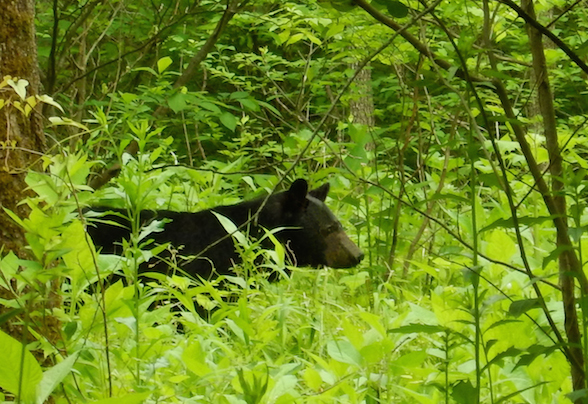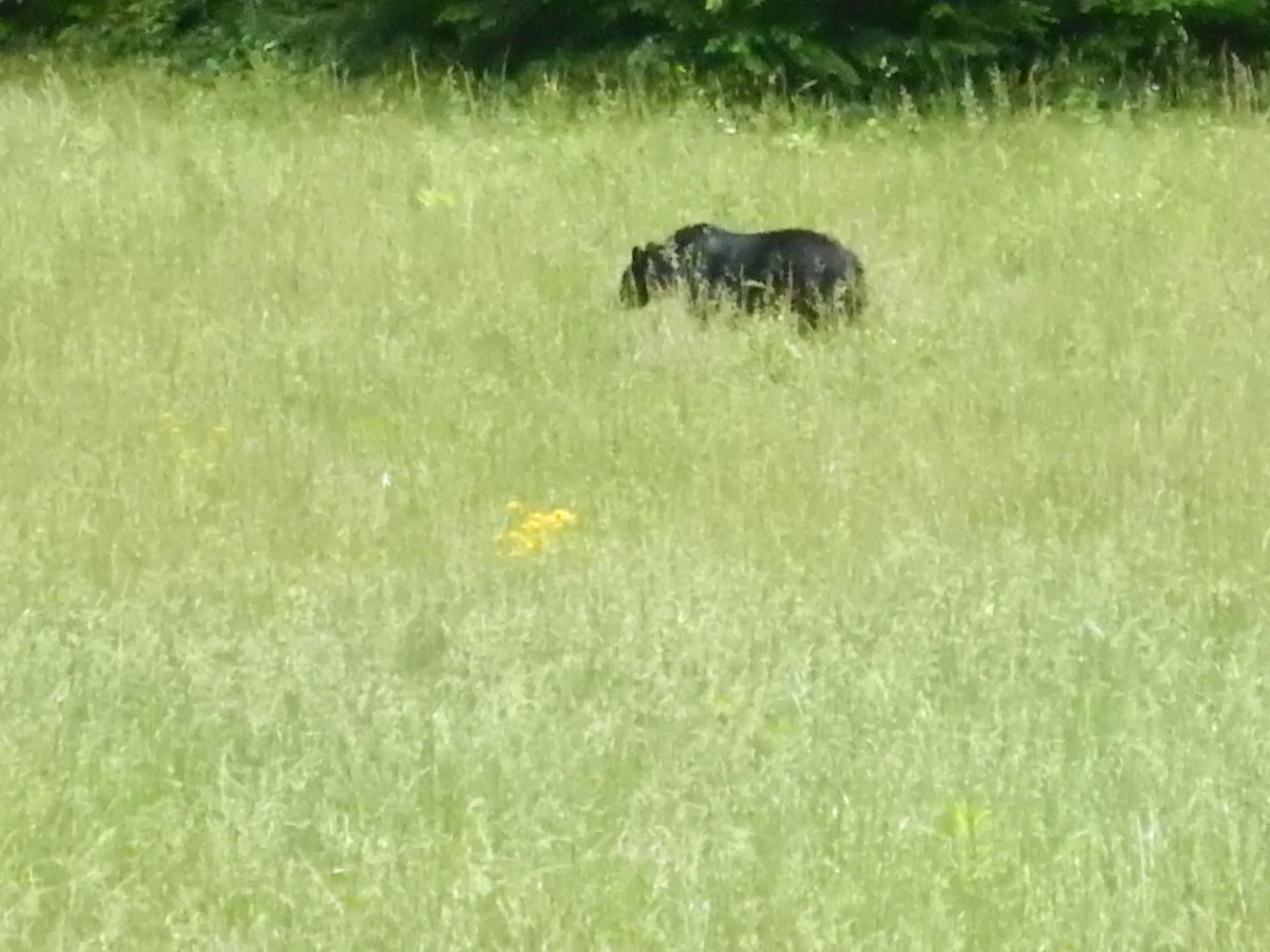Watch, but don’t feed the bears in the Smoky Mountains


With the possible exception of trout fishermen obsessing over salmonoids , virtually everyone considers the American black bear to be the symbol of Great Smoky Mountains National Park. They are beautiful, but far from cuddly, and there are about 1,500 of then spread through the 500,000 acres of the park. It’s always a thrill to see one.
If you are lucky enough to see a bear in the Smokies, remembers some basic rules. The are common sense, but in a park with more than 10 million human visitors a year, not everyone possesses common sense.
- Don’t ever feed bears – even unintentionally by leaving food accessible to them. (Feeding a bear in the national park is illegal. That can make the bear too comfortable around humans and lead to dangerous situations. Nuisance bears are relocated. If that fails, they can be euthanized – certainly not the intended outcome of “sharing” a peanut butter sandwich.
- Never come between a bear and her cubs.
- Most bear encounters simply are delightful opportunities to observe. If you have a different kind of encounter, back up slowly, look as big as possible and make loud noises.
In fact, Bill Stiver, a wildlife biologist for the park, wouldn’t object if you made a ruckus anytime you see a bear (although you probably won’t). In his perfect world, bears won’t associate humans with anything good, even benign neglect. He wants bears to go the other way when they see a human.
“The saying is true that ‘a fed bear is a dead bear’,” Stiver said, explaining that bears that associate humans with food are a danger and that he has successfully lured a nuisance bear into a trap using a single M&M as the bait. Stiver and other wildlife professionals will trap and relocate nuisance bears, but if they continue to return to where they interact with humans, euthanizing them can be the result.
Remember this when you venture into bear habitat: You are a visitors in the bears’ home.
Check these websites for enjoying the Smokies and other wild places: nps.gov/grsm and WildSouth.org.


Leave a Reply